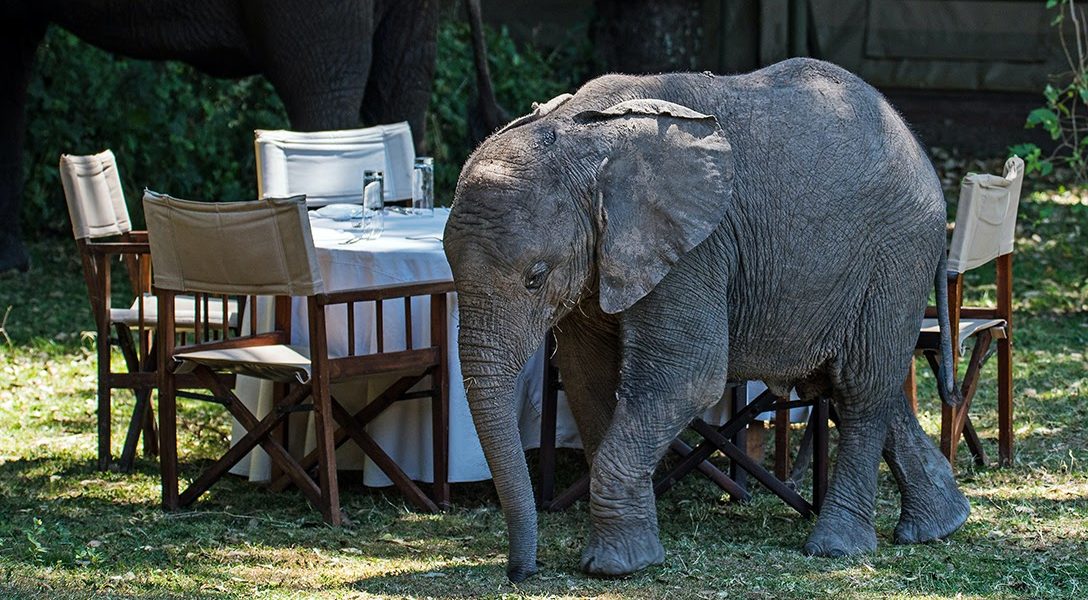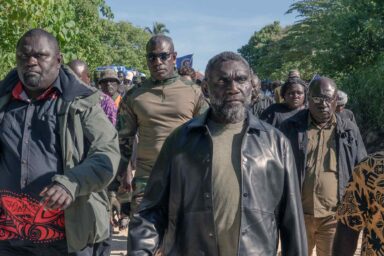A specialist explores the detrimental influence the coronavirus is having on wildlife in Africa and beyond — and what urgently needs to be done to counter it.
WhoWhatWhy is partnering with Global Geneva, where this story was originally published, to help broaden access to content that will benefit a broader global readership.
When the lockdowns to counter COVID-19 across the world began earlier this year, many environmentalists, tourism operators, and even international corporations expressed concern that the drastic reduction in tourists going on safari in Africa could prove devastating. Not only could it seriously damage much-needed income for local communities, but it could undermine governments, conservation projects, and, in some cases, national economies. Furthermore, some warned, there was a genuine possibility that falling revenue from safari and hunting tourism coupled with the consequent reduction in funding for anti-poaching would also contribute to the impoverishment of many rural areas. In turn, this would lead to a rise in poaching, especially the illegal hunting of what is known as ‘bushmeat’. (See the companion background article on poaching by Keith Somerville. )
There are now strong indications that these fears were no exaggeration. In some parts of Africa, but also in Asia and the Americas, poaching, especially for meat, is increasing. Many rural people living in wildlife areas with edible animals (what is deemed edible is much more extensive than many in the West might appreciate) have always hunted to supplement the inadequate availability of food from farming or other work. The use of wild resources always tends to surge in times of falling incomes.
Such situations are often brought about by crises, such as droughts, floods, disease, and war. These oblige farmers and villagers to fall back on hunting and foraging strategies that have been used for millennia to supply protein in times of need. The impact of the coronavirus is no exception. People poach to eat or to sell. Villagers holding up dead cane rats or barbecued bushmeat are often a common sight along country roads as they beckon to passing vehicles or operate stalls in local markets.
There is also a more sinister, long-term implication in all this — wildlife trafficking. This occurs in Africa and across the globe and is closely linked as the source — and spread — of viruses such as the coronavirus — a threat to humanity, as some maintain, equal to if not greater than climate change.
According to the July World Wildlife Crime Report 2020 launched by the United Nations Office on Drugs and Crime (UNODC) in Vienna, wildlife trafficking poses a severe threat to nature and the biodiversity of the planet. The report highlights the trafficking of wild species, such as pangolins, birds, turtles, tigers, lions, and bears. “When wild animals are poached from their natural habitat, butchered and sold illegally, the potential for transmission of zoonotic diseases — those caused by pathogens that spread from animals to humans — significantly increases,” it maintains.
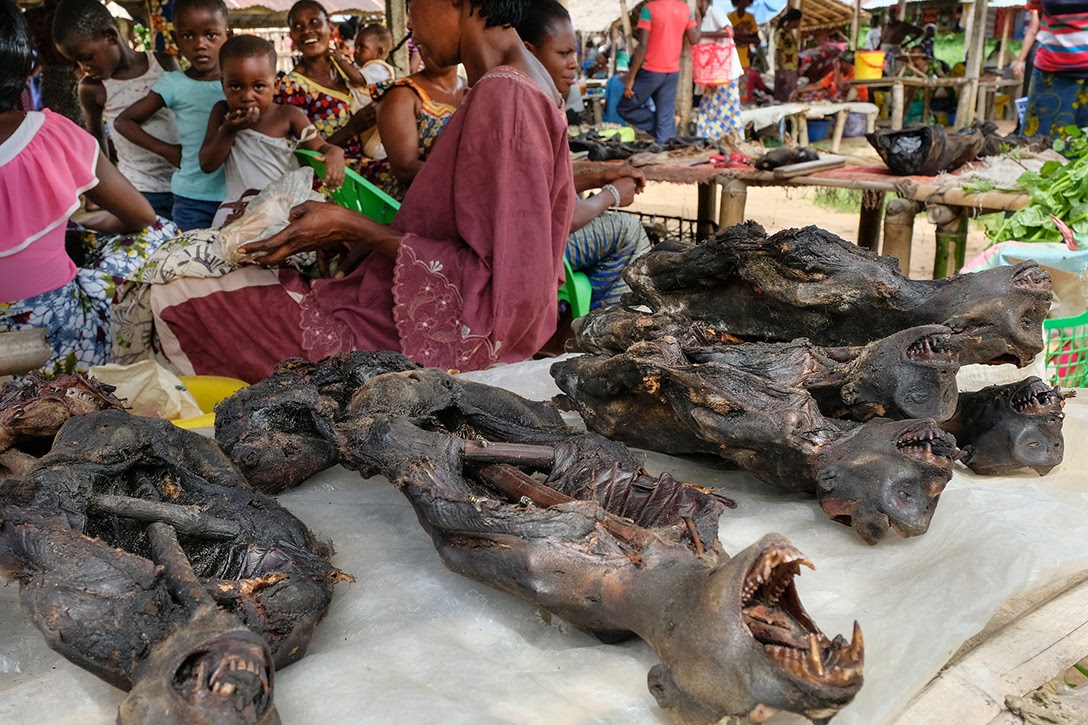
What is Bushmeat Hunting?
Bushmeat poaching refers to the illegal hunting or snaring of animals for subsistence or trade, generally by farmers and villagers with low protein intake and lack of money to buy food. They also snare or hunt animals to raise money by selling bushmeat from ungulates like giraffe or deer, monkeys, rodents, viverrids like civets, small carnivores, bats, reptiles, and birds. These they buy or sell at local markets and roadside stalls with traders selling the meat in towns and cities. In some areas such is the demand that bushmeat becomes sufficiently lucrative, particularly in urban areas, to prompt the involvement of criminal syndicates. Many of these have trafficking links abroad such as in Southeast Asia and China.
The illegal and unregulated hunting and selling of bushmeat has long been recognized as a threat to wildlife populations in West and Central Africa. More recent studies, however, have shown it is also a serious problem for the conservation of ungulates (and the predators that prey on them, such as lions, leopards, and cheetahs) in East and Southern Africa, as well as for increasingly rare animals. Pangolins, for example, are hunted not only for local consumption but also for trafficking to East Asia, where their meat and scales fetch high prices. Pangolin scales can sell for over $3,000/kg on the black market; in Vietnam, restaurants charge as much as $150 per pound for their meat. This form of hunting is not limited to Africa. The illegal hunting for meat or wildlife products for trade is a global phenomenon.
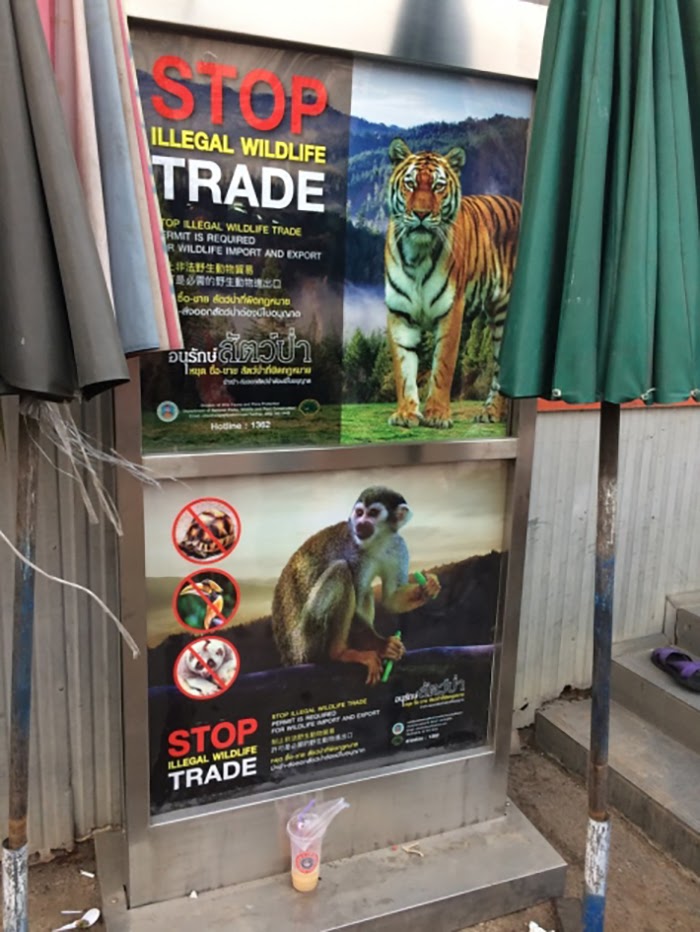
Poaching and the Pandemic: From Fear to Reality
The initial fear in countries with thriving wildlife-based tourist industries was that COVID-19 would push safari operators and lodges out of business. In turn, this would deprive local people of critical income, albeit meager when compared with the profits made by the large safari operators. Furthermore, it would starve the already cash-poor national wildlife departments of income from tourism.
The African Development Bank estimates that tourism brings in around $49 billion a year to Africa. It also directly provides 8.7 million jobs and another 20.5 million in sectors serving tourism. (Similarly, wildlife or outdoors-related tourism is important in parts of Asia and the Americas with national parks attracting tourists to see not only tigers, wild elephants, and other charismatic mammals, but also birdlife, rainforests, mountains, savanna, and marine habitat).
This income has fast disappeared and will take many years to grow back. Not only does this affect national economies and local employment coupled with funding for conservation, but it also has a knock-on effect on people who rely on tourism income for employment in industries that supply support such as food and transport. In the case of safari hunting, for example, villagers often rely on substantial amounts of meat from the carcasses of animals shot by visiting trophy hunters, a not insubstantial benefit to many communities.
In early 2020, many of those running nature conservancies or photographic and hunting safari operations began warning about a likely rise in poaching, given the need to replace disappearing income and food sources. This fear occurs not just in Africa, but worldwide.
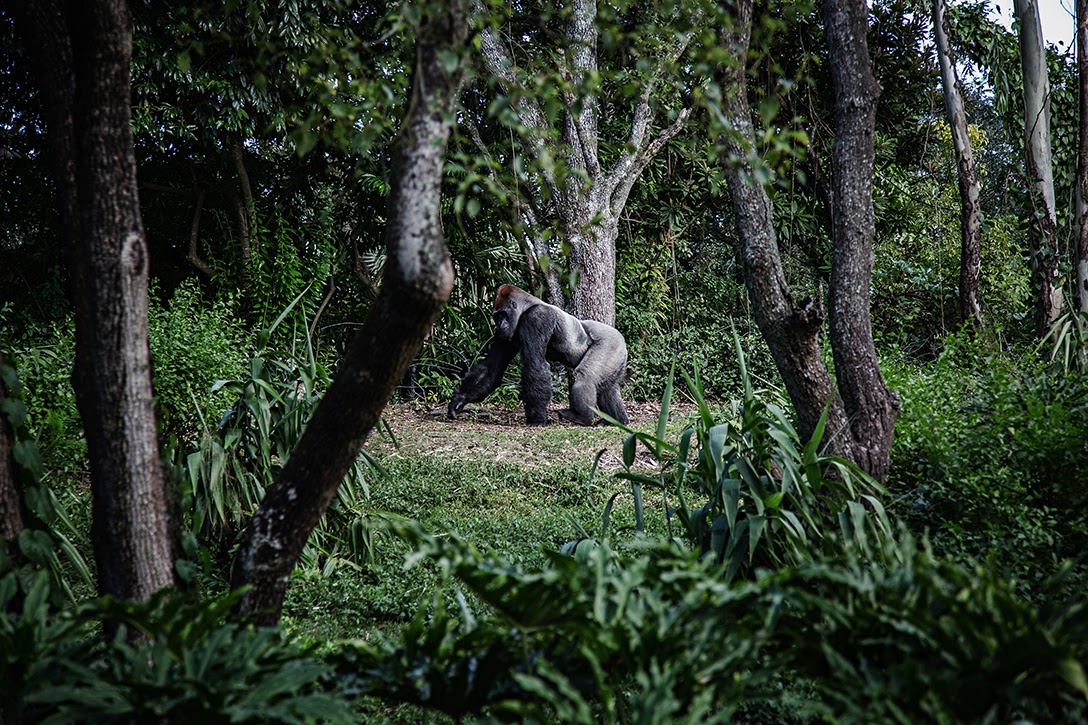
At the Loisaba Conservancy in Kenya, for example, experienced rangers like Peter Meshemi have warned that while both they and their families try to protect themselves against COVID-19 transmission, they will have to work even harder to stop an expected rise in poaching for meat and tradable wildlife products. National Geographic reported that, according to Loisaba’s CEO, Tom Silvester, the conservancy is expected to lose most of its tourist income for at least a year. This amounts to nearly half of its operating budget.
In 2019, the Loisaba safari camps received some 2,000 visitors, with each paying, on average, $600 a night. If sustained, this drastic loss of income will severely reduce the region’s anti-poaching capabilities. The lack of tourism has already forced disconcerting cuts in the number of patrols, plus a significant reduction in pay for staff. The conservancy has elephants, lions, leopards, zebras, and giraffe; these may now be in poachers’ sights for meat, skins, bones, and ivory.
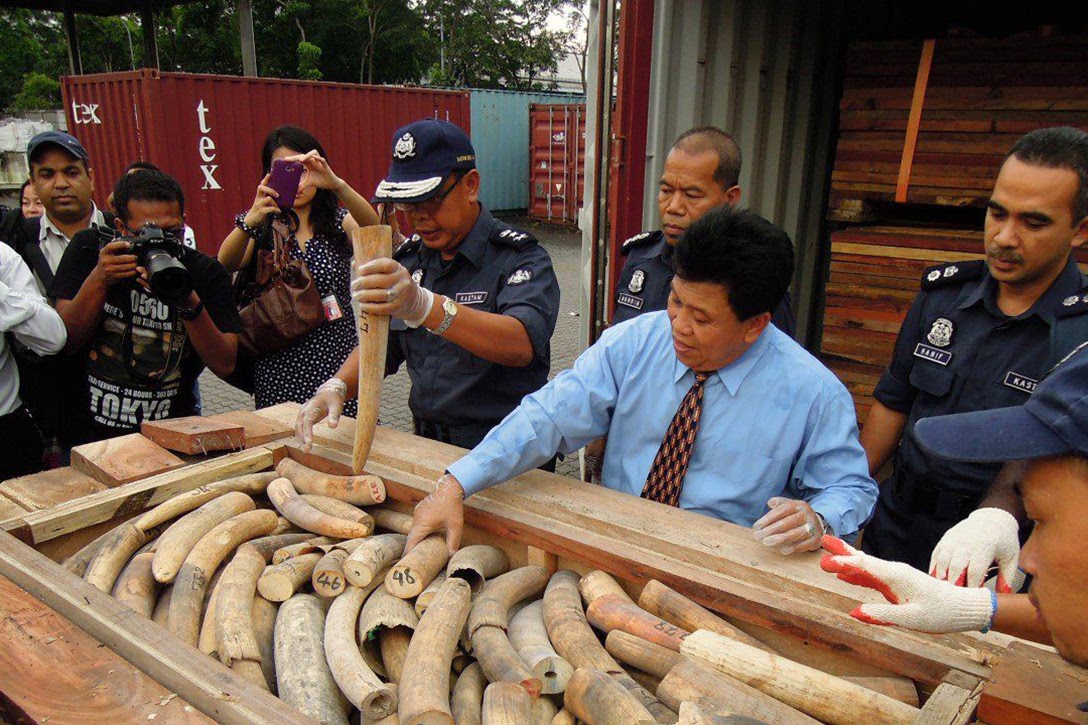
In Kenya’s Mara Conservancy, which is part of the important Mara-Serengeti ecosystem where the massive annual wildebeest, zebra, and gazelle migration takes place, there are fears that large-scale unemployment in the safari industry and a severe dip in earnings for local communities from sale of crafts and visits by tourists to villages will force people to turn to poaching just to survive.
The Conservancy head, Brian Heath, said that for many communities “bushmeat is now a vital means of survival.” Kenya is experiencing a steady demand for bushmeat in towns, such as Nairobi, where traders supply butchers and market sellers with both legally-slaughtered beef and goat meat along with illegal bushmeat. The Kenya Wildlife Service (KWS) has reported a 56 percent increase in bushmeat seizures since the start of the pandemic; in addition, there has been a major increase in illegal logging and charcoal production as people struggle to find ways of generating income. The production of charcoal requires the scavenging of wood in copses and forests for burning, often without the regeneration of trees.
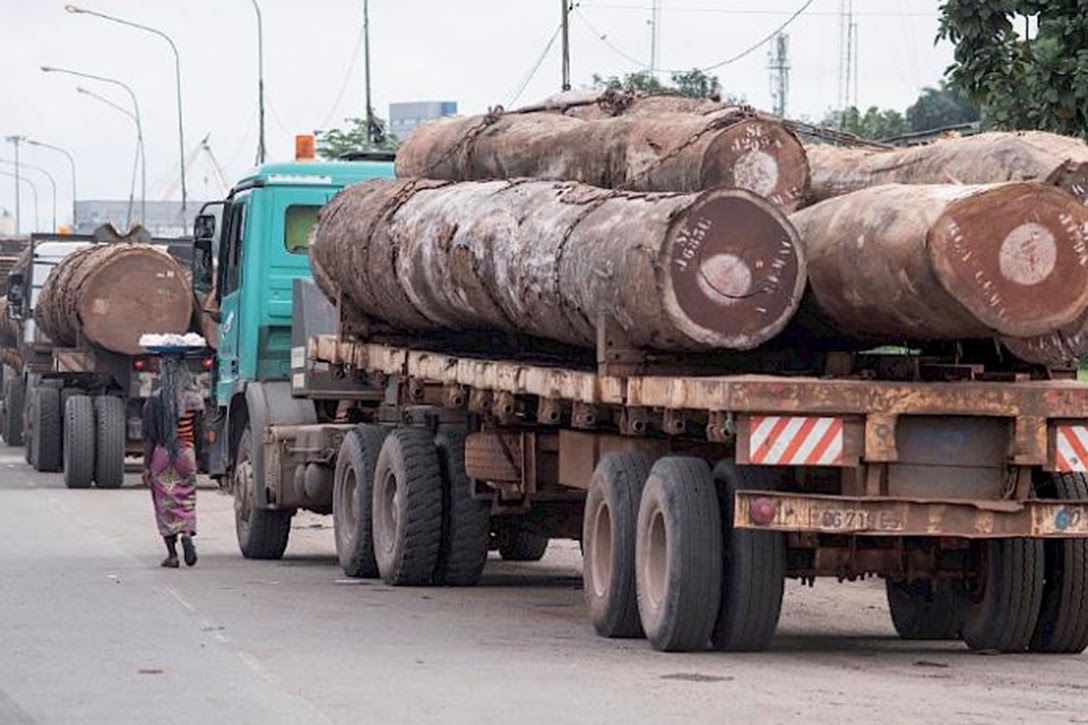
In just one Mara region conservancy in June, rangers of the Mara Elephant Project working with the Kenya Forest Service (KFS) and Mara North Conservancy (MNC) confiscated 2,980 illegal timbers and posts, five power saws, and 44 lbs. of bushmeat and arrested 24 people for illegal activities related to deforestation and one bushmeat poacher. They also destroyed 28 kilns and 248 sacks of charcoal and removed 43 snares.
In the Tsavo National Park in southern Kenya, wildlife rangers showed a reporter from the Telegraph the remains of a giraffe that had been killed and very thoroughly butchered. “They have really done a hell of a job on this one,” a ranger told him. Peter Rangi, a chief in Tsavo’s Marungu Ward, lamented that since the virus had stopped tourism, “Poverty has gone up. House break-ins have gone up. Young people are stealing goats and chickens. There are a lot of school dropouts and teenage pregnancies.”
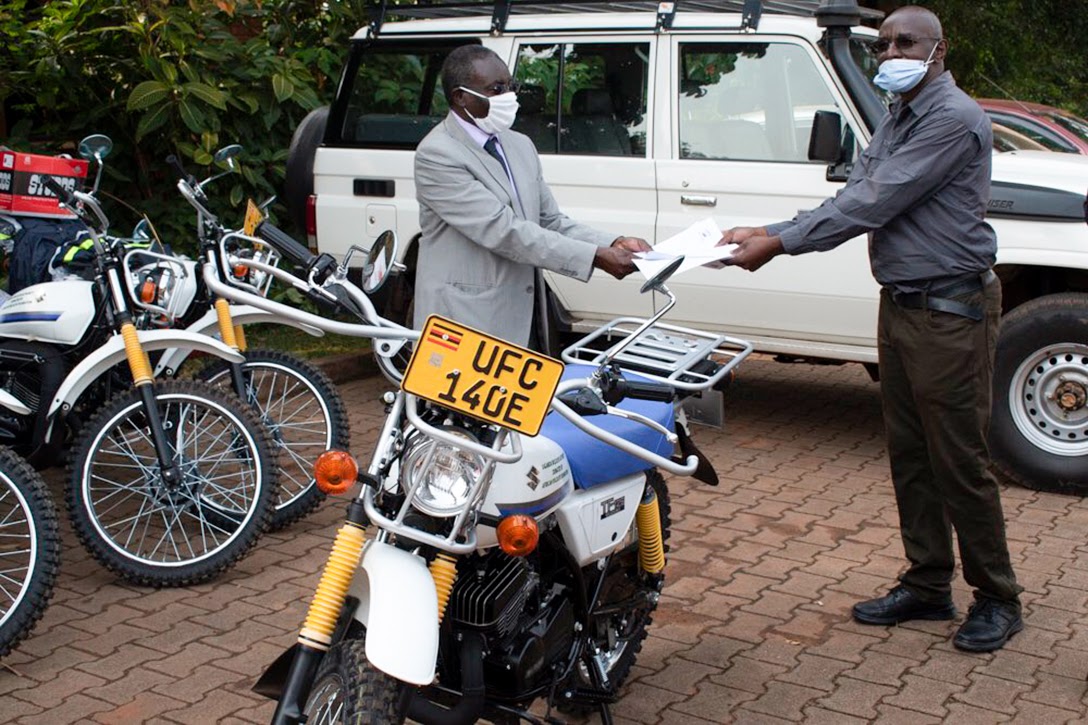
Between February and June this year, the Uganda Wildlife Authority (UWA) announced that there had been 367 poaching cases (compared to 163 in the same period in 2019). John Makombo, the UWA director for conservation, blamed the increase on the COVID-19 lockdown, which cut local income but also human resources to cover all the conservation areas. Tourism is Uganda’s leading foreign exchange earner, bringing in $1.6 billion in 2018-2019. The suspension of tourism, Makombo said, had deprived UWA of considerable funds, making the national parks vulnerable to poachers, especially as “some of the jobless community members have turned their spears against the wildlife as poachers.”
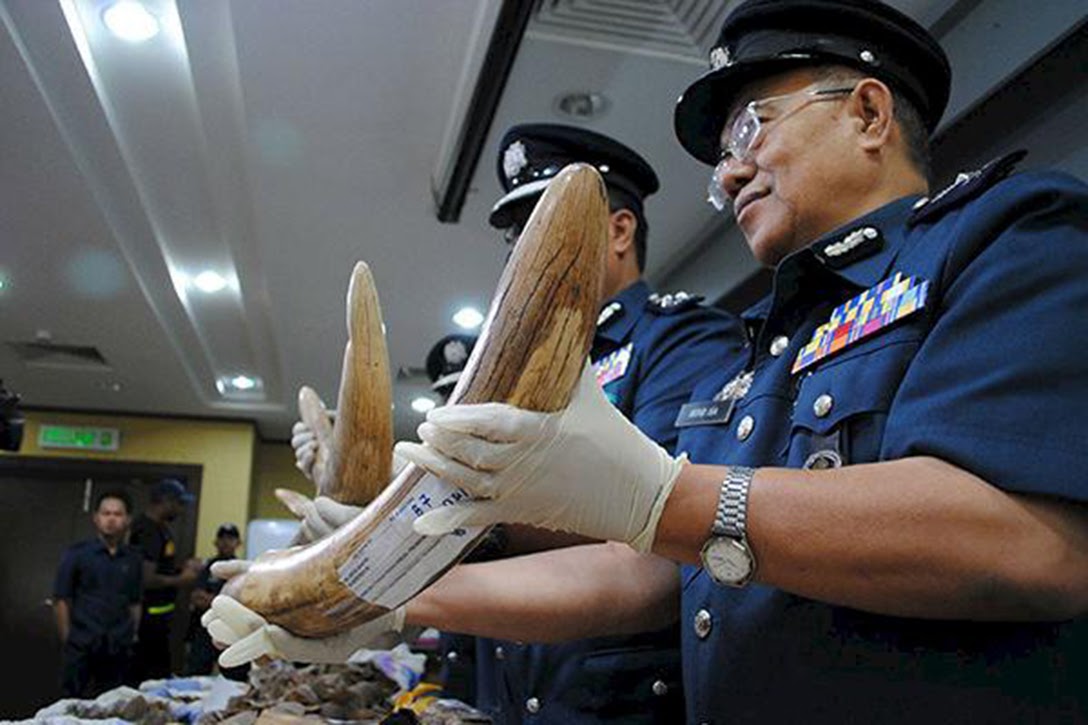
Gladys Kalema Zikusoka, chief of Conservation through Public Health, a nonprofit wildlife group, said that snares were being set for antelopes and bush pigs in places like the Bwindi Impenetrable National Park. These were also snaring and severely injuring or killing rare mountain gorillas as well as the intended prey. In July, a Ugandan poacher was jailed for 11 years for killing a male mountain gorilla in Bwindi. The man, Felix Byamukama, admitted poaching duiker and bushmeat but said he killed the massive gorilla in self-defense, as it had attacked him. As health and wildlife specialists warn, gorillas are also in danger of catching COVID-19 from humans who enter the forest. The same goes for chimpanzees and bonobos in heavily forested areas of Central and West Africa. In the nearby Virunga National Park in the Democratic Republic of Congo (DRC) rangers recently rescued a three-year-old gorilla from a poacher’s snares set to obtain meat.
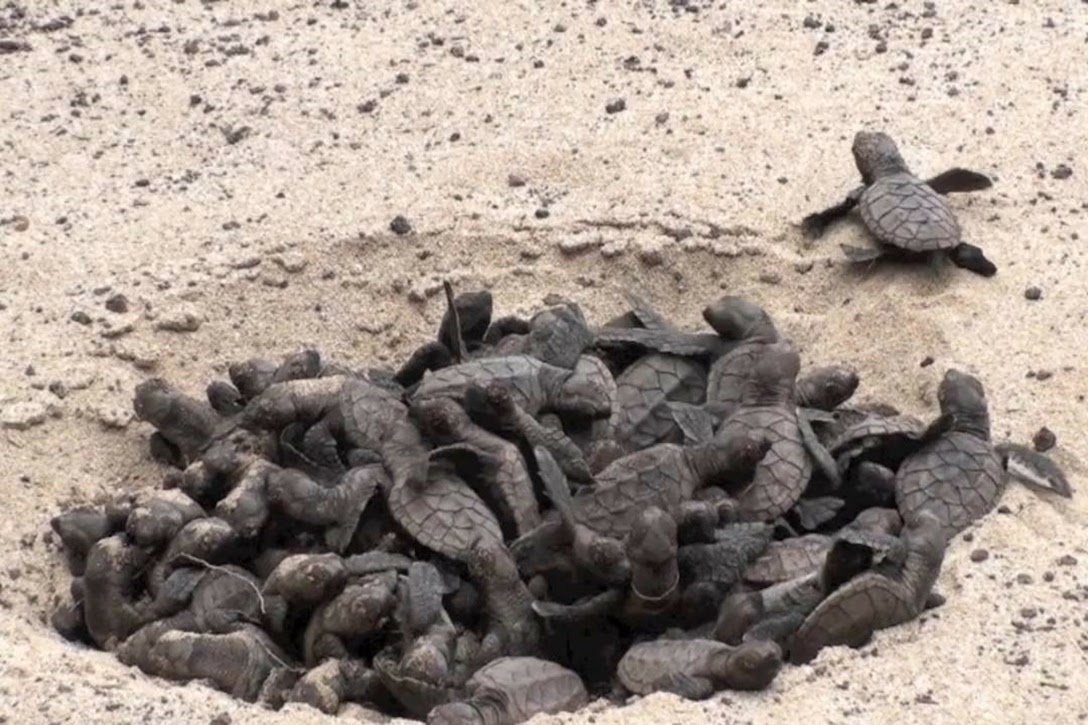
Poaching Spikes Also in Asia, Caribbean, and Latin America
This major increase in poaching is not only limited to Africa. Countries such as India, Nepal, and Pakistan have all reported poaching spikes. Trisha Ghose, project director of not-for-profit The Habitats Trust, told the Independent of a 151 percent increase in poaching in some parts of India, citing a report from wildlife trade monitoring organization TRAFFIC. In Nepal, the poaching of musk deer in Sagarmatha National Park has increased.
Another example of increased poaching comes from Trinidad and Tobago, where conservationists working with turtles have recorded an increase in poaching since the lockdown. Speaking at an online webinar hosted by the Trinidad Ministry of Planning and Development’s Environmental Policy and Planning Division, environmental biologist Dr. Michelle Cazabon-Mannette said that turtle conservation NGOs were not able to carry out the usual patrols under the country’s COVID-19 public health regulations.
At the same time, there had been an increase in turtle poaching on both islands compared to previous years. The species in question include endangered green turtles and critically endangered hawksbill turtles. She said it was hard to put figures on the spike. “It’s difficult to quantify poaching because there’s a habit now where instead of slaughtering and leaving the remains, people actually come and remove the entire turtle. So poaching can happen now with no trace except perhaps for a witness who saw them leave, or maybe tracks in the sand.” One presumes the removal of the entire turtle is a sign of the need to harvest every part of a turtle at a time of increasing economic hardship.
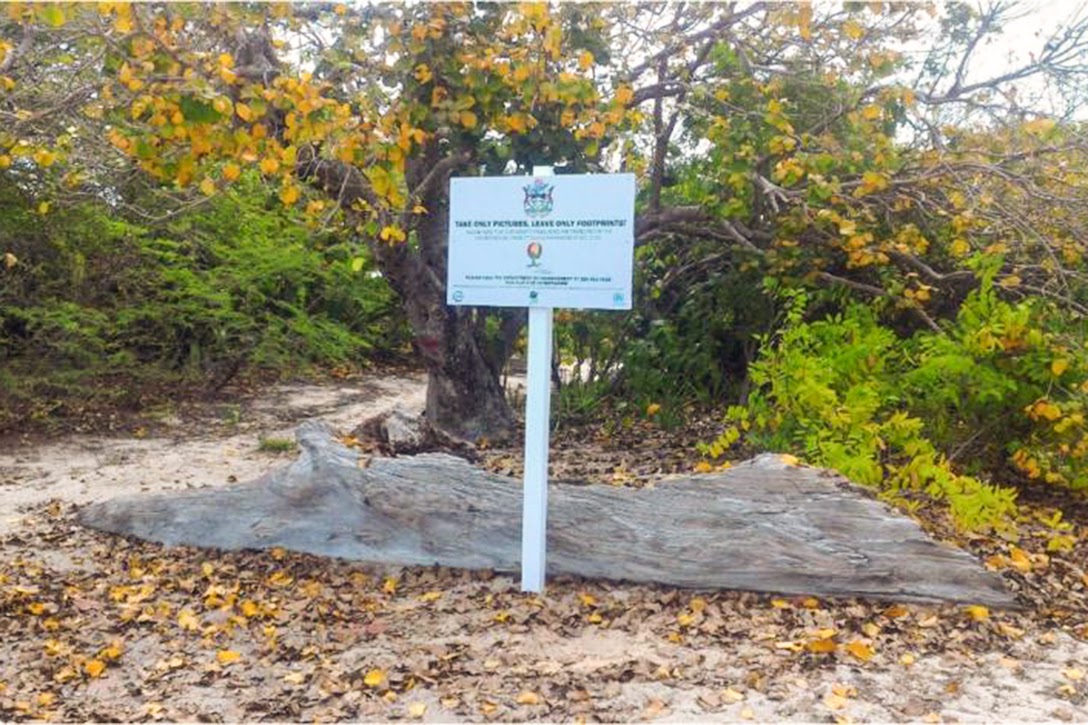
Some Silver Linings for Conservation
The only areas where COVID-19 may have had a positive effect are in South Africa and Namibia, where the level of poaching of rare black rhinos and the more numerous white rhinos has fallen amid travel restrictions and tougher law enforcement during the pandemic. In late July, the South African environment minister, Barbara Creecy, said that rhino poaching had fallen by almost 53 percent in the first six months of 2020, with 166 animals being killed for their horns across the country since the beginning of the year. In comparison, during the first six months of 2019, 316 rhinos were killed.
The Minister explained that countrywide COVID-19 law enforcement measures to restrict movement had helped bring about the decline in poaching. Creecy warned, however, of a possible resurgence when lockdown restrictions are lifted. In neighboring Namibia, the Ministry of Environment, Forestry and Tourism said that rhino poaching had fallen 63 percent to 17 animals compared to 46 in 2019. Elephant poaching has also gone down, with only two incidents reported in contrast to 13 in 2019.
On the other hand, illegal fishing in the rivers that border Angola and flow into the Caprivi Strip/Zambezi region between Zambia and Botswana are still a problem. In early September 2020, it was reported that illegal Congolese fishermen had been arrested with large quantities of fish which were caught in Namibian waters, smoked, and smuggled through Zambia into the DRC.
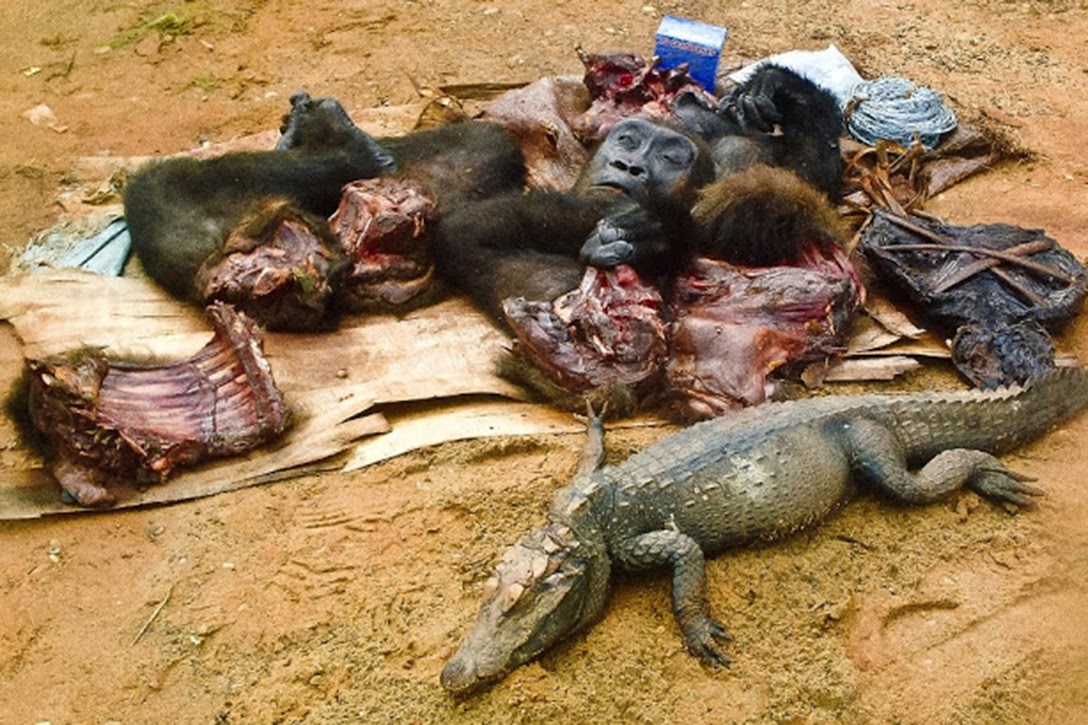
What to Do?
Clearly bushmeat hunting — legal or illegal — is nothing new. It is part of the food acquisition networks for rural populations and has been for millennia. Illegal and unregulated in many parts of the world, it today poses an even greater threat to biodiversity and, particularly, to endangered species. It rises in times of crisis — and COVID-19 is a particularly long, multifaceted, and impoverishing one — and it prompts increased poaching.
So how should this dire challenge be resolved? Simply seeking to halt unregulated hunting will not help. There must be longer-term solutions which not only combine community benefits with conservation, but also take the prospects of sparking new pandemics into account. Peter Lindsey, director of the Wildlife Conservation Network’s Lion Recovery Fund, and a large group of eminent conservation scientists and practitioners have just published a paper on COVID-19 and African conservation in which they identify key areas for urgent action, which are applicable both in Africa and beyond.
-
- Inadequate funding: The key is to rectify the totally inadequate funding for conservation from governments of countries which “struggle with high poverty rates and do not have the luxury and the wealth to conserve African wildlife and wildlands alone.” They rely too much on ad hoc external funding streams and tourism earnings. In addition, communities living with wildlife only receive negligible benefits. This leads to a disincentivizing of conservation efforts, does little for alleviating poverty, and provides the drivers of poaching, illegal logging, and other forms of wildlife and habitat destruction.
- Developing more regulated and sustainable use of wildlife. Better utilization of wildlife should, in this author’s view, include consideration for ways of practicing legal but regulated hunting for food by communities, commercial game cropping, and, if necessary, selling rights to hunting safari operators to bring in hard currency earnings. Such funding should go to the communities first and foremost.
- Rights over wildlife should be devolved to local communities: Where appropriate, rights over wildlife and its utilization should be devolved to the lowest possible level. This would incentivize landowners to sustainably manage their resources by ensuring accountability, good management, and transparency. This should include better means of disbursing revenue from tourism, consumptive use of hunting, and any other wildlife-related revenue to offset the opportunity, indirect, and direct costs of living with wildlife.
Professor Keith Somerville is a member of the Durrell Institute of Conservation at the University of Kent, a fellow of the Zoological Society of London, and a senior research fellow at the Institute of Commonwealth Studies.
Related front page panorama photo credit: Adapted by WhoWhatWhy from CIFOR / Flickr (CC BY-NC-ND 2.0) and sussexcareers / Flickr.
